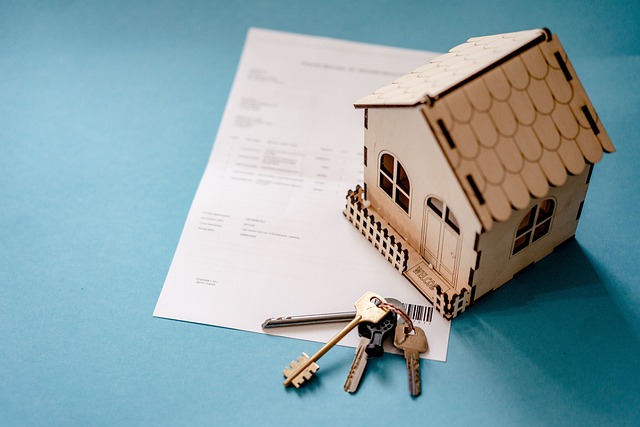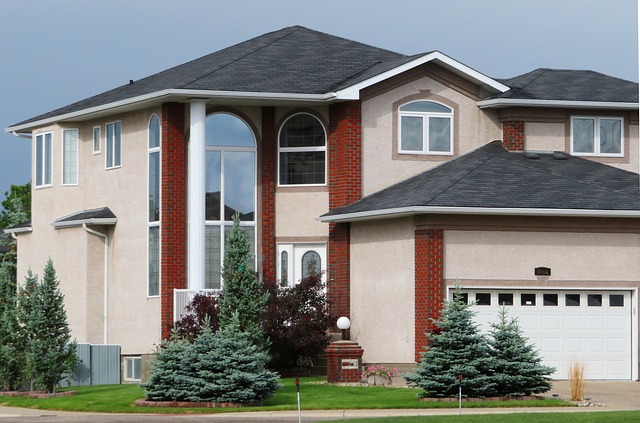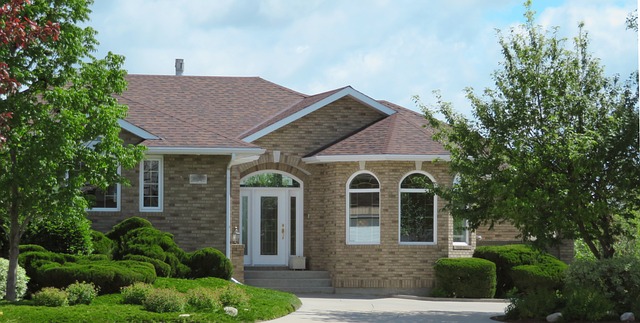Executive Condos (ECs) in Singapore have emerged as a significant investment opportunity for families and investors over the past decade, particularly for the 'sandwich' generation. These units bridge the gap between public and private housing, with a track record of robust capital appreciation, often outpacing traditional HDB flats. The unique public-private partnership model of ECs has established a niche market, enhanced by factors like limited supply, maturing estates, and stable rental yields. For those considering an Executive Condo After 10 Years, it's important to evaluate the potential for long-term capital appreciation in light of market trends and investment timelines. ECs transition from EC to private condominium status after a five-year occupation, which historically increases their market value. Investors should analyze historical supply and demand cycles and consider economic indicators and policy adjustments that influence the housing market's evolution. Location within mature estates with potential for future growth, lease tenure renewals, property condition, updates, and renovations, as well as staying informed on policy changes, are all critical components to consider when evaluating the investment potential of an EC over a decade. By understanding these elements, investors can make informed decisions to maximize returns from their Executive Condo investments.
Executive Condos (ECs) in Singapore have long been a subject of interest for both investors and homeowners, offering a unique blend of amenities and affordability. As we delve into the investment potential of ECs over a decade, this article unravels their enduring value through historical trends, policy impacts, and strategic investment insights. By examining ‘Executive Condo After 10 Years’ dynamics, discerning investors can navigate the complex landscape of property appreciation and regulatory shifts to make informed decisions. Join us as we explore how ECs have stood the test of time and continue to present compelling investment opportunities for those with a long-term perspective.
- Understanding the Long-Term Value of Executive Condos: A 10-Year Perspective
- Analyzing Historical Trends of Executive Condo Appreciation Post-Decade
- The Impact of Policy Changes on ECO Investment Over Time
- Strategic Considerations for Maximizing Returns on Executive Condo Investments After 10 Years
Understanding the Long-Term Value of Executive Condos: A 10-Year Perspective

Over a decade, Executive Condos (ECs) in Singapore have proven to be a compelling investment option for both young families and property investors alike. The structure of ECs, which caters to sandwiched generations who cannot afford private condominiums but aspire for something beyond public housing, has created a unique market segment. After 10 years, these properties have shown a tendency to appreciate well, often outperforming both Housing & Development Board (HDB) flats and private resale flats in terms of capital appreciation. This is partly due to their status as a form of public-private partnership that offers a middle ground between public housing and private property.
From an investment standpoint, the long-term value of ECs can be attributed to several factors. The limited supply and maturing estates of ECs make them a sought-after asset for investors looking for stable rental yields. Additionally, the upgrade path from HDB flats to ECs, coupled with their potential to be sold or privatized after satisfying certain conditions, adds to their investment appeal. Over 10 years, the transformation of surrounding infrastructure and amenities often enhances the value of these properties. This evolution, combined with the natural wear and tear leading to modernization needs, can significantly boost the re-sale prices of ECs in prime locations. Investors considering Executive Condo After 10 Years should weigh the potential for capital appreciation against their investment horizon and market conditions. The strategic location and the track record of past developments suggest that ECs could continue to be a lucrative investment for those looking at long-term growth opportunities within Singapore’s property market.
Analyzing Historical Trends of Executive Condo Appreciation Post-Decade

Over the years, the appreciation potential of Executive Condos (ECs) in Singapore has been a subject of keen interest among investors. By examining historical trends over post-decade periods, one can glean valuable insights into the long-term value these properties hold. Data spanning several decades reveals that on average, ECs have shown a consistent upward trend in value after 10 years. This is particularly evident when considering factors such as population growth, economic development, and changes in housing policies that influence the demand for these residences. Investors looking at Executive Condo After 10 Years should consider how previous cycles of supply and demand have shaped price movements. For instance, following the five-year minimum occupation period post-purchase, ECs are automatically upgraded to private condominium status, which often sees a surge in their market value. This transition, coupled with the general appreciation trend, underscores the potential for capital gains over an extended investment horizon. Prospective investors would do well to analyze these trends in conjunction with broader economic indicators and the evolving landscape of Singapore’s housing market to make informed decisions.
The Impact of Policy Changes on ECO Investment Over Time

Over the years, the landscape for Executive Condos (ECs) in Singapore has been shaped by various policy adjustments, each affecting the investment potential differently. Initially conceived to provide a subsidized housing option for singles, married couples, and families with median incomes, ECs have evolved with changing demographics and market conditions. The introduction of the Minimum Occupation Period (MOP) and changes in loan-to-value (LTV) ratios have been pivotal in influencing the long-term investment viability of these properties. After a couple fulfills the MOP, which is typically five years, they can sell their EC without penalty. However, policy shifts have historically altered the conditions under which these units can be sold, impacting both immediate and deferred returns for investors.
Fast forward ten years, and the impact of such policies on Executive Condo investment becomes more pronounced. The Singapore government’s stance on housing has been proactive in ensuring a stable property market, balancing supply and demand. For instance, policy changes that led to a tightening of financing options or adjustments in pricing affordability for first-time buyers have both short-term and long-term implications. As the property ages, factors such as the maturity of mortgage rates, potential upgrades or renovations, and the overall condition of the EC all contribute to its market value. Investors eyeing the Executive Condo after 10 years must consider these dynamics, alongside broader economic indicators and demographic shifts, to assess the true investment potential over time.
Strategic Considerations for Maximizing Returns on Executive Condo Investments After 10 Years

When assessing the investment potential of an Executive Condo (EC) after a decade, strategic considerations play a pivotal role in maximizing returns. One key factor to evaluate is the property’s location; ECs situated in mature estates with established infrastructure and proximity to future growth areas can appreciate in value over time. Investors should also consider the demand trends for ECs, as these units cater to sandwiched generations who cannot afford private condominiums but are priced out of HDB flats.
Additionally, the lease tenure remaining on the land the EC sits upon is crucial. A fresh 99-year lease from the government can significantly enhance the property’s value, effectively resetting its potential for appreciation. Moreover, the EC’s condition and any upgrades or renovations completed over the years will influence its desirability and market price. It’s also important to stay informed about impending policies or regulations that could affect EC eligibility or property values, ensuring long-term investment stability. By carefully analyzing these aspects, investors can strategically position themselves to reap substantial returns from their Executive Condo investments after 10 years.
Considering the insights gleaned from examining the long-term value of Executive Condos over a decade, it’s clear that these properties present a unique investment opportunity for those looking beyond conventional horizons. Historical trends underscore the potential appreciation and profitability of Executive Condos over extended periods, particularly when factoring in policy adjustments that have historically influenced their market performance. Strategic investors will benefit from a nuanced understanding of the intricacies involved in maximizing returns on such investments. For those contemplating an ECO as part of their long-term portfolio, the article’s analysis serves as a guide to navigate the complexities and capitalize on the potential rewards of Executive Condos after 10 years.
